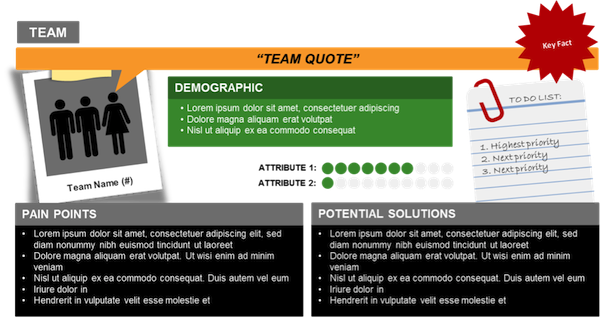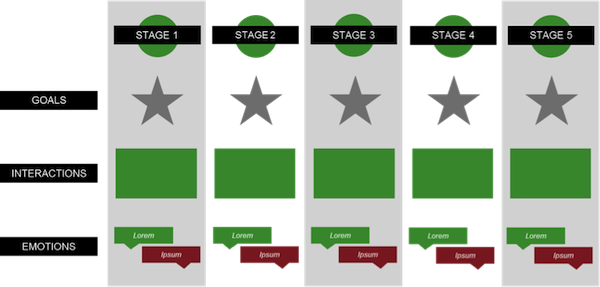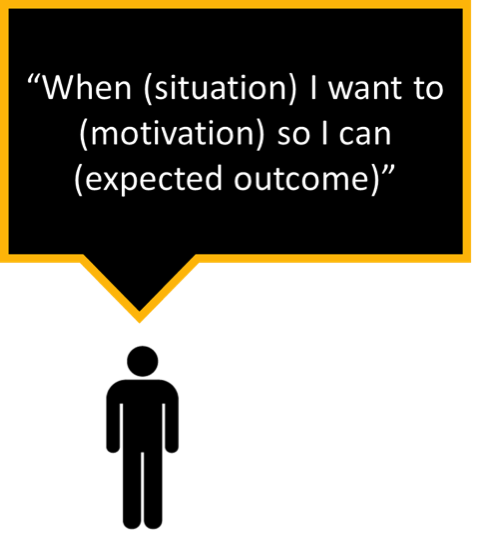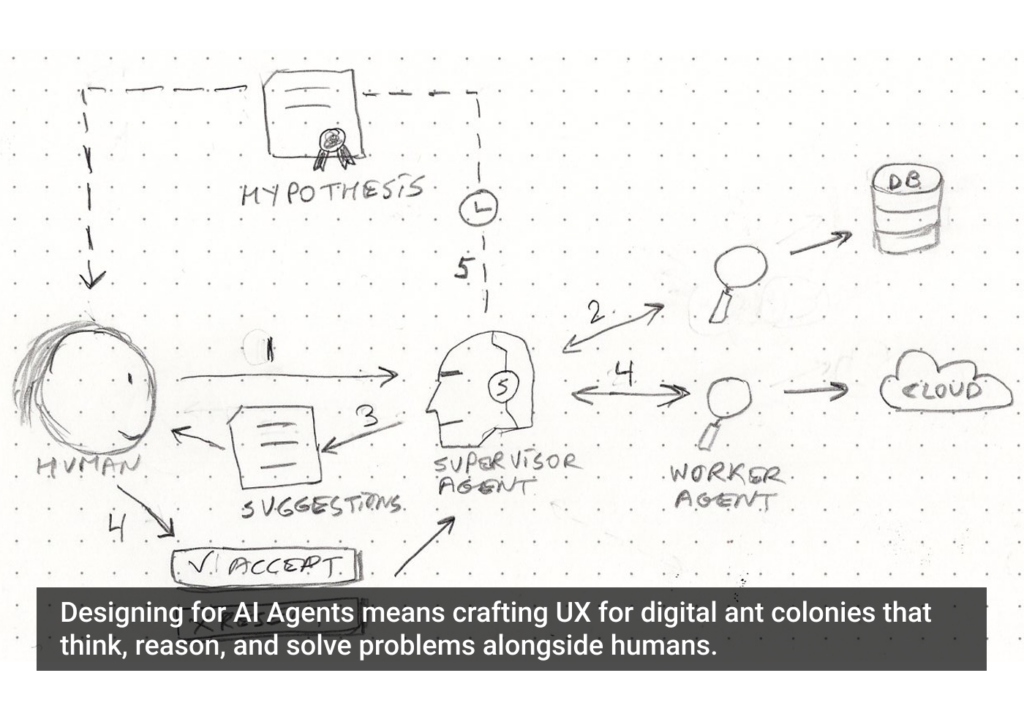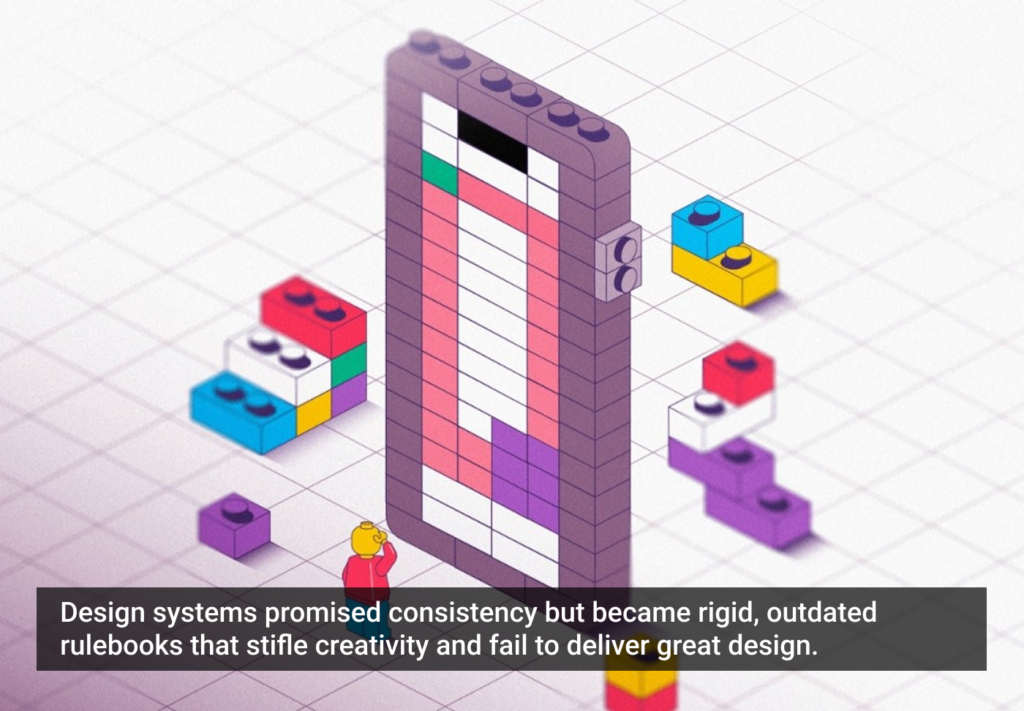It took me just over an hour to first read The One Minute Manager by Ken Blanchard. I woke up at 6am and raced through every page, completely glued to the story. Despite its readability, the book has received its fair share of criticism—most notably the argument that it portrays an overly simplistic view of how people actually work.
The One Minute Manager offers straightforward techniques to effectively manage individual staff members, but speaks nothing of teams, departments, or collaboration, which are crucial elements of modern businesses. The sequel, The One Minute Manager Builds High Performing Teams mentions the criticism levied against the first book and focuses on the importance of teamwork.
The majority of UX techniques rightly focus on the individual user, though, like The One Minute Manager, this represents a narrow approach. Working in a business-to-business environment, it’s important to not lose sight of the bigger picture of the team as a whole. Clients buy software and web applications to promote a change in behavior and those business objectives usually involve people changing together as a team. Maria Sanchez, a fictional character from the aforementioned sequel who coordinates a customer service program, sums it up as follows, “In today’s world, group productivity is more important than individual task accomplishment.”
To a similar point, Jason Fried of Basecamp once tweeted: “So many sales tools seem to be about your boss tracking your performance. Few seem optimized for actually helping you sell.” This is typical of software that aims to provide an excellent user experience for the user but neglects designing for the team experience.
When designing software for businesses, you need to think about the team as another user
When designing software for businesses, you almost always need to think about the team as another user, arguably the most important user of all. Like an individual, a team has expectations, habits, and goals that may not be uncovered when only analyzing the different users independently. A team can even have emotions and an experience—the team experience being a sum of all its parts.
What Do We Know About Teams?
Here are some things we know about teams:
- Teams can be as small as two people and as large as you can imagine
- Teams share common goals and often aggressive targets
- Teams work in cycles or periods (such as monthly or quarterly)
- Teams are usually reliant on all members to be truly successful
- Teams have members who do not always work well together and conflicts can arise
- Teams are made up of people trying to succeed in their current roles (remember the Peter Principle!)
Users as a Team
What Techniques and Tools Can We Use When Designing for Teams?
Once we have accepted that the team can be treated as a crucial additional user, we can start to build it out as such, where applicable, using the techniques we are already familiar with.
Personas
The One Minute Manager describes teams as “dynamic, complex, ever-changing, living systems that—just like individuals—have behavior patterns and lives of their own.” This may seem odd at first, but the team is a living entity and can take the majority of the form of a tradition persona. Personas provide a voice for users and a team is no exception. Adapting from Jeff Gothelf’s approach to creating personas in in his book Lean UX, we can answer the following questions:
- Name: What is the name and location of the team?
- Demographic: What are the team’s goals? Who does the team report to?
- Pain Points: What is the team struggling with?
- Potential Solutions: What might help the team in their situation?
- To Do List: What are the team’s priorities?
Team Persona
Experience Maps
Experience maps show the goals, interaction points, and the associated emotions throughout an activity or process. Mapping out the experience of the team as an individual is a great way to see the situation at a high level. One of the main characteristics of effective teams mentioned in the sequel is “active participation by everyone,” so consider gathering the whole team together at this stage of the design. Using this information, you can create the individual users’ experience maps separately in finer detail.
Experience Map
Job Stories
Job stories (created by Alan Klement) are a slightly different take on the traditional user story and, in most cases, a much more effective way to communicate. Job stories introduce an element of time and the factors that trigger the user’s need. Team stories should be treated as epics and the sub stories are those of the individual users. This will ensure that the team’s objectives are directly linked to the tasks of the individual users and the following counsel from Maria Sanchez can be adhered to: “Systems that can pit team player against team player must be changed so that the priority of each team member becomes the accomplishment of the team’s mission.”
Job Story
Try it Yourself
So next time you’re building experiences for businesses, keep in mind that the user experience is only one part of the overall team experience. Give your client confidence that you understand the bigger picture and create a vision together for the product’s success. By treating the team as an additional individual user, you can start to take your designs to the next level and like The One Minute Manager, move onto building high performing teams!
Image of rugby scrum courtesy of Shutterstock Paolo Bona and Shutterstock.



